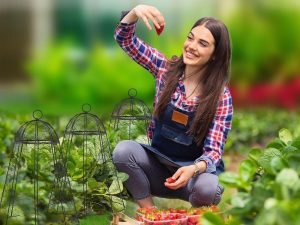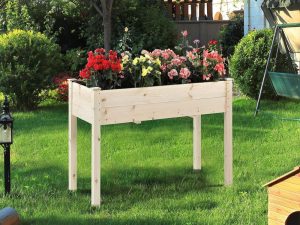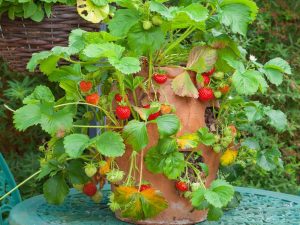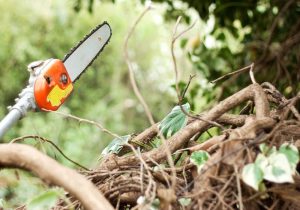Last Updated on September 20, 2024 by teamobn

Indoor plants add beauty and life to our homes. However, for pet owners, choosing the right plants is crucial. Many common houseplants can be harmful to pets. This guide introduces ten pet-safe indoor plants. These plants are both beautiful and non-toxic to pets.
We’ll explore options that suit different light conditions and care preferences. We aim to help you create a pet-friendly, green space in your home.
Top 10 Pet-Safe Indoor Plants
Contents
- 1 Top 10 Pet-Safe Indoor Plants
- 1.1 Spider Plant (Chlorophytum comosum)
- 1.2 Boston Fern (Nephrolepis exaltata)
- 1.3 Areca Palm (Dypsis lutescens)
- 1.4 Bamboo Palm (Chamaedorea seifrizii)
- 1.5 African Violet (Saintpaulia)
- 1.6 Money Tree (Pachira aquatica)
- 1.7 Maidenhair Fern (Adiantum)
- 1.8 Cast Iron Plant (Aspidistra elatior)
- 1.9 Polka Dot Plant (Hypoestes phyllostachya)
- 1.10 Parlor Palm (Chamaedorea elegans)
- 2 10 Plants Dangers to Pets
- 3 Common Challenges and Solutions for a Pet-Safe Garden
- 4 Creating a Pet-Friendly Green Space
- 5 FAQ on Pet-Safe Indoor Plants
- 5.1 How often should I water pet-safe indoor plants?
- 5.2 Are there any pet-safe indoor plants that also purify the air?
- 5.3 Can I use regular houseplant fertilizer for pet-safe indoor plants?
- 5.4 What should I do if my pet shows signs of plant poisoning?
- 5.5 How can I encourage my cat to stay away from plants?
- 5.6 Are there pet-safe indoor plants that thrive in low light?
- 5.7 Can pet-safe indoor plants have an impact on pet behavior?
- 5.8 How can I deal with pests on pet-safe indoor plants?
- 5.9 Is it safe to grow herbs indoors with pets?
- 5.10 How can I balance plant health with pet safety in a limited space?
- 6 Conclusion
Pet owners must prioritize pet-safe indoor plants in the quest for a vibrant home filled with greenery. This selection ensures the safety and well-being of our furry companions. There are many options, from low-maintenance succulents to lush, leafy greens.
Here are ten pet-safe indoor plants that bring life to your space without compromising your pets’ health.
Spider Plant (Chlorophytum comosum)
The Spider Plant is a favorite among pet-safe indoor plant enthusiasts with its arching leaves and small white flowers. It’s known for its resilience and ability to purify the air. Importantly, it’s non-toxic to pets, making it a worry-free choice for homes with curious cats or dogs.
Spider Plants prefer bright, indirect light, but they can also tolerate lower light conditions, making them versatile for various home settings. They like well-drained soil and should be watered moderately. The soil should be allowed to dry out between watering sessions.
Overwatering can lead to root rot. They also thrive in a slightly pot-bound state, so there’s no need for frequent repotting. Spider Plants are known for producing ‘pups’ or small plantlets, which can be easily propagated to grow new plants.
Boston Fern (Nephrolepis exaltata)
The Boston Fern, with its lush, feathery fronds, adds a touch of elegance to any room. It’s one of the popular pet-safe indoor plants for its aesthetic appeal and air-purifying qualities. This fern is completely safe for pets, making it a top pick for households with animals.
Boston Ferns thrive in humid conditions and prefer indirect, filtered light. They are slightly more demanding in humidity and may require regular misting, especially in drier environments.
These ferns prefer consistently moist soil, but be cautious of overwatering, as it can harm the plant. They are best kept in a cool place with good air circulation. Regularly trimming the older fronds can help keep the plant looking fresh and encourage new growth.
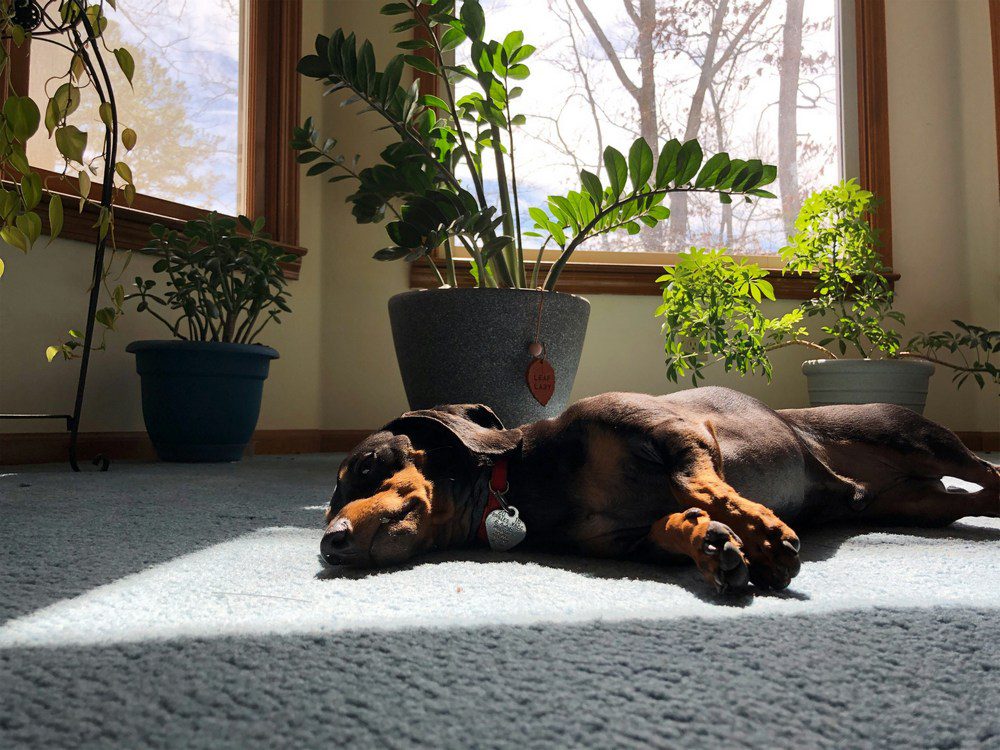
Areca Palm (Dypsis lutescens)
The Areca Palm, often called the Butterfly Palm, is a striking addition to any pet-safe indoor plant space. Its feathery, arching fronds create a sense of tropical elegance. This plant is not only visually appealing but also safe for pets. It poses no risk if nibbled by a curious cat or dog, making it a worry-free choice for pet owners.
Areca Palms prefer bright, indirect sunlight. This pet-safe indoor plant is relatively easy to care for but does require consistent moisture. The soil should be moist, especially in the growing season, but avoid waterlogging.
These palms also benefit from higher humidity levels, so occasional misting can be beneficial. They need a well-draining pot and soil to prevent root rot. Fertilize lightly during the growing season for optimal growth. Regular pruning of the lower leaves can maintain their tidy appearance.
Bamboo Palm (Chamaedorea seifrizii)
The Bamboo Palm, known for its lush, green leaves and bamboo-like stalks, is a great choice for pet-safe indoor plant gardening enthusiasts. This palm brings a tropical feel to any room and is completely safe for pets. It’s an ideal plant for those who want to create a jungle-like atmosphere in their homes without compromising the safety of their furry companions.
Bamboo Palms thrive in medium to low light conditions, making them suitable for indoor environments. They prefer well-drained soil and should be watered when the topsoil feels dry. Overwatering this pet-safe indoor plant can lead to root rot, so it’s essential to ensure proper drainage.
These palms appreciate a humid environment, so misting or placing a humidifier nearby can be beneficial. A balanced, liquid fertilizer can encourage lush growth during the growing season. Regular removal of any yellow or dead leaves will keep the plant looking healthy and vibrant.
African Violet (Saintpaulia)
African Violets are cherished for their vibrant blooms and soft, furry leaves. These small yet striking pet-safe indoor plants come in various colors, adding a splash of color to any indoor setting. Significantly, they are completely safe for pets, making them a popular choice for pet-owning plant enthusiasts.
African Violets prefer bright, indirect light and should be protected from direct sunlight, which can damage their leaves. They thrive in well-drained soil and need regular watering, but avoiding getting water on the leaves is crucial, as this can cause spots and damage.
These pet-safe indoor plants prefer a consistent temperature and high humidity, so a bathroom or kitchen could be an ideal location. Fertilizing with a special African Violet formula can encourage blooming. Deadheading spent blooms and removing wilted leaves will keep the plant healthy and encourage new growth.

Money Tree (Pachira aquatica)
The Money Tree is a unique pet-safe indoor plant with its braided trunk and lush, green leaves. It’s often associated with good fortune and prosperity. Beyond its aesthetic and symbolic appeal, it’s a safe plant for households with pets. Its non-toxic nature makes it a stress-free addition for homes with curious animals.
Money Trees prefer bright, indirect light but can adapt to lower light conditions. These pet-safe indoor plants require moderate watering – the soil should dry out between waterings. Overwatering or allowing the plant to sit in water can lead to root rot.
These pet-safe indoor plants thrive in a humid environment, so misting the leaves can be beneficial. A well-draining pot and soil are essential to keep the plant healthy. Fertilizing monthly with a balanced, liquid fertilizer during the growing season can support its growth. Pruning is rarely needed, but removing dead or yellowing leaves can keep the plant looking its best.
Maidenhair Fern (Adiantum)
The Maidenhair Fern is a true beauty with its delicate, fan-shaped leaves and slender, black stems. This fern adds a touch of elegance and softness to any space. Importantly, it’s completely safe for pets, making it an ideal choice for households with animals. The non-toxic nature of this fern ensures that it can be enjoyed without worry of harm to curious pets.
Maidenhair Ferns thrive in moist, well-drained soil and prefer a location with bright, indirect light. Direct sunlight can scorch its delicate leaves. These pet-safe indoor plants require consistent moisture, so regular watering is key, and the soil should never be allowed to dry out completely.
High humidity is also crucial for the health of this plant, making it well-suited to bathrooms or kitchens. Regular misting can help maintain the necessary humidity. These ferns benefit from being fertilized with a weak solution during the growing season.
Cast Iron Plant (Aspidistra elatior)
The Cast Iron Plant, as its name suggests, is known for its hardiness and ability to thrive in less-than-ideal conditions. It features long, dark green leaves that rise vertically, creating a striking, minimalist aesthetic. This plant is a robust choice for indoor environments and is a pet-safe indoor plant. Its toughness extends to its resilience in the face of curious pets.
The Cast Iron Plant is tolerant of low light conditions, making it suitable for darker corners of a home. It prefers well-drained soil and only needs watering when it dries. Overwatering can harm the plant, so letting the soil dry between waterings is important.
This pet-safe indoor plant is not demanding in humidity and can do well in typical household environments. Fertilizing is rarely needed, but a light feeding once or twice a year can support its growth. The Cast Iron Plant’s leaves can be wiped with a damp cloth to remove dust.
Polka Dot Plant (Hypoestes phyllostachya)
The Polka Dot Plant is a charming addition to any pet-safe indoor plant collection, known for its vibrant, spotted leaves that come in shades of pink, red, or white. This plant adds a burst of color and texture to indoor spaces. It’s also completely safe for pets, making it a great option for those who want to bring some color into their homes without compromising the safety of their furry friends.
Polka Dot Plants thrive in bright, indirect light. Too much direct sunlight can fade their vibrant colors, while too little light can cause them to lose their distinctive spots. They prefer consistently moist soil, so regular watering is necessary, but be careful to avoid waterlogging.
High humidity levels are beneficial; occasional misting can help maintain the desired environment. These plants enjoy being fertilized every few weeks during the growing season with a diluted general-purpose fertilizer. Pinching back the growing tips can encourage bushier growth and keep the plant looking full and healthy.
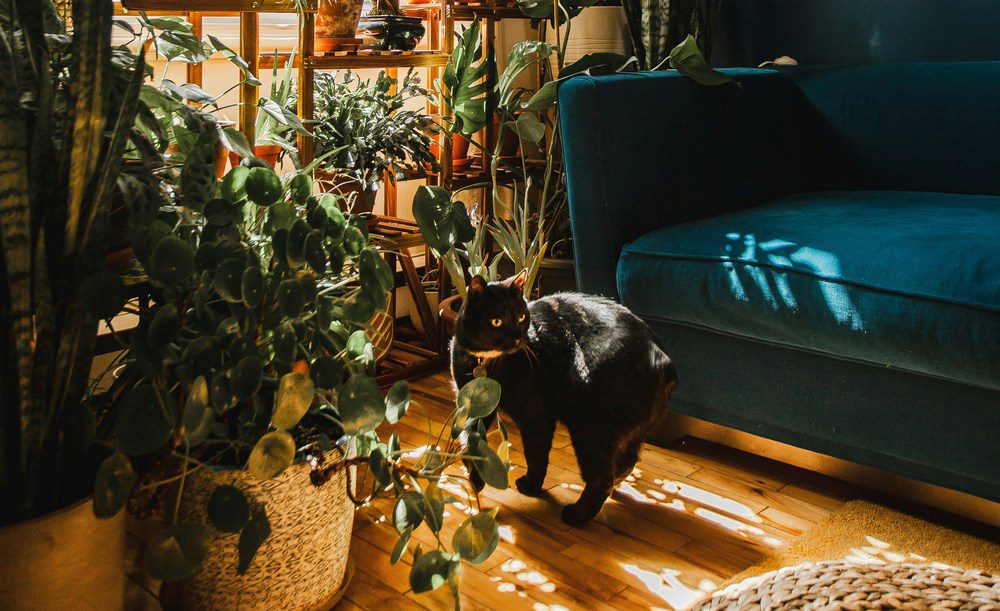
Parlor Palm (Chamaedorea elegans)
The Parlor Palm, with its elegant arching fronds, is a classic choice for pet-safe indoor plant. It brings a sense of calm and tropical beauty to any room. This palm is particularly well-suited to indoor environments and is safe for pets. Its non-toxic nature makes it a worry-free choice for households with animals.
Parlor Palms do well in low light conditions, making them ideal for spaces that don’t get a lot of natural sunlight. They prefer well-drained soil and should be watered when the top inch of soil feels dry.
Overwatering can be detrimental, so allowing the soil to dry slightly between waterings is important. These palms are not heavy feeders, but applying a balanced liquid fertilizer a few times during the growing season can support their growth. They benefit from occasional dusting or wiping of the leaves to keep them looking fresh and healthy.
10 Plants Dangers to Pets
While many pet-safe indoor plants bring beauty and vibrancy to our homes, owners must be aware of those that can pose a risk to their furry companions. Some plants contain toxins that can be harmful or even fatal if ingested by pets.
Understanding which plants are unsafe for pets is key to creating a safe and harmonious living environment. This section highlights ten plants that are best avoided in homes with pets, explaining their potential dangers.
Sago Palm (Cycas revoluta)
The Sago Palm is popular for its lush, fern-like appearance and easy care. However, it contains cycasin, a substance highly toxic to pets. Ingestion can cause vomiting, liver failure, and potentially death, especially in dogs.
Oleander (Nerium oleander)
Oleander is a common outdoor shrub but is sometimes kept indoors. All parts of this plant are toxic. It contains cardiac glycosides, which can cause severe vomiting, heart issues, and even death in pets.
Lilies (Lilium spp.)
Lilies are particularly toxic to cats. Even small amounts of any part of the plant can cause kidney failure in felines. While some lilies are less toxic to dogs, avoiding them in pet-friendly homes is safer.
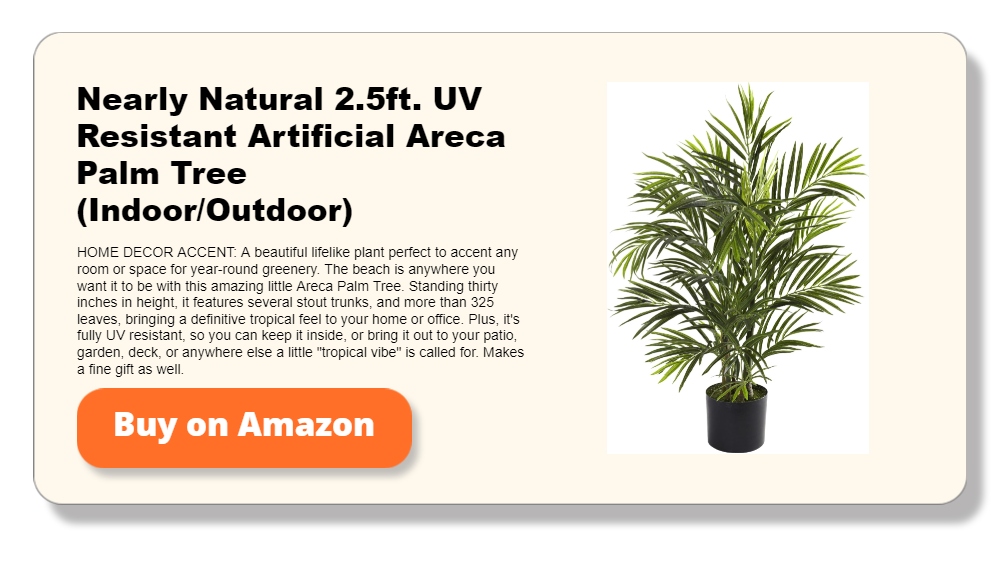
Aloe Vera (Aloe barbadensis miller)
While Aloe Vera is famed for its medicinal properties for humans, it can harm pets. Ingesting aloe can cause vomiting, diarrhea, and tremors in cats and dogs.
Dieffenbachia (Dumb Cane)
Dieffenbachia, or Dumb Cane, is popular for its striking leaves. However, it contains calcium oxalate crystals, which can cause oral irritation, drooling, vomiting, and difficulty swallowing if pets ingest it.
Pothos/Devil’s Ivy (Epipremnum aureum)
Pothos, also known as Devil’s Ivy, is a common houseplant that’s easy to care for. Its leaves contain insoluble calcium oxalates, making it harmful to pets. Symptoms of ingestion include oral irritation, excessive drooling, vomiting, and difficulty swallowing.
Tulips (Tulipa spp.)
Tulips are particularly dangerous for pets, especially dogs. The bulbs contain allergenic lactones and other compounds that can cause oral irritation, drooling, vomiting, and diarrhea.
Azaleas and Rhododendrons (Rhododendron spp.)
Both Azaleas and Rhododendrons contain grayanotoxins, which can be harmful to pets. Ingestion can lead to vomiting, diarrhea, weakness, and potentially coma or death in severe cases.
Peace Lily (Spathiphyllum)
Peace Lilies are known for their beauty and air-purifying qualities. However, they are harmful to pets due to calcium oxalate crystals. Symptoms include oral irritation, pain, swelling of the mouth, tongue, and lips, and vomiting.
Autumn Crocus (Colchicum autumnale)
The Autumn Crocus is highly toxic, especially in its blooming stage. It contains colchicine and other alkaloids that can cause severe vomiting, gastrointestinal bleeding, liver and kidney damage, and respiratory failure in pets.
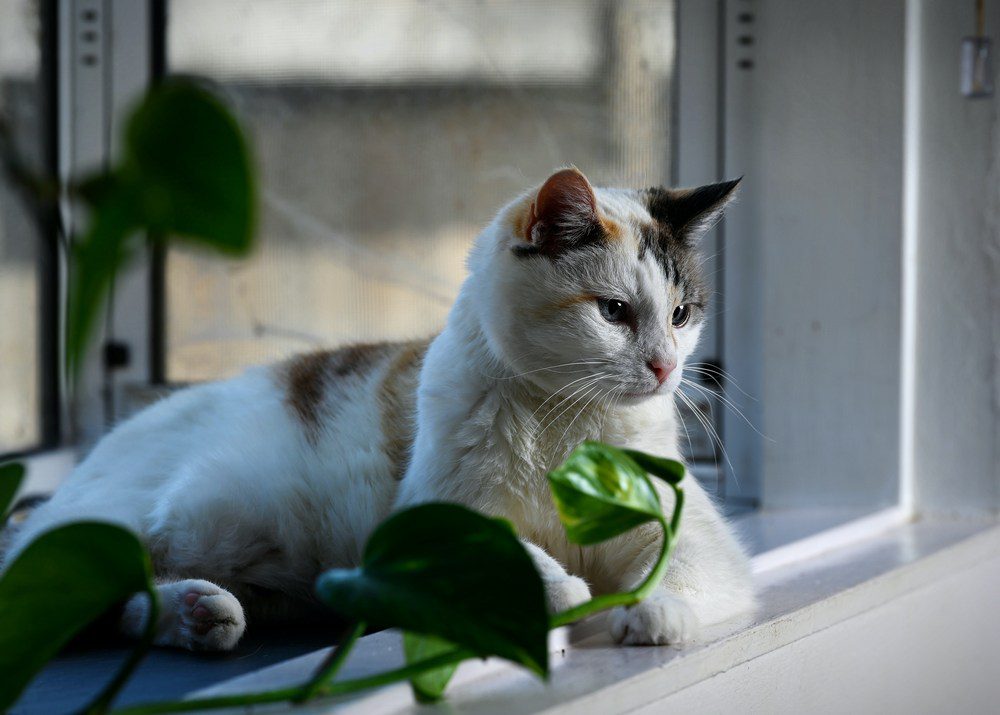
Common Challenges and Solutions for a Pet-Safe Garden
Maintaining a harmonious environment with pet-safe indoor plants can sometimes be challenging. Pets might be drawn to plants out of curiosity, playfulness, or an instinct to chew on greenery.
This section addresses common challenges pet owners face and provides practical solutions to keep your pets and plants safe and healthy.
Pets Chewing on Plants
Dogs and cats may nibble on plants, which can be harmful if the plant is toxic. Keep toxic plants out of reach or eliminate them from your home to prevent this. Offer pet-safe indoor plant alternatives like cat grass or pet-safe potted herbs. Use deterrents like citrus peels or pet-safe bitter sprays on plants to discourage chewing.
Pets Digging in Soil
Some pets, particularly cats, might be tempted to dig in potting soil. To prevent this, cover the soil with decorative rocks or use planters with less accessible soil. Providing a separate digging box for your pet can also redirect this behavior.
Plants Getting Knocked Over
Pets, especially playful ones, might accidentally knock over plants. Secure your plants by placing them in sturdy, heavy pots or hanging them from the ceiling. You can also create designated plant zones using pet barriers.
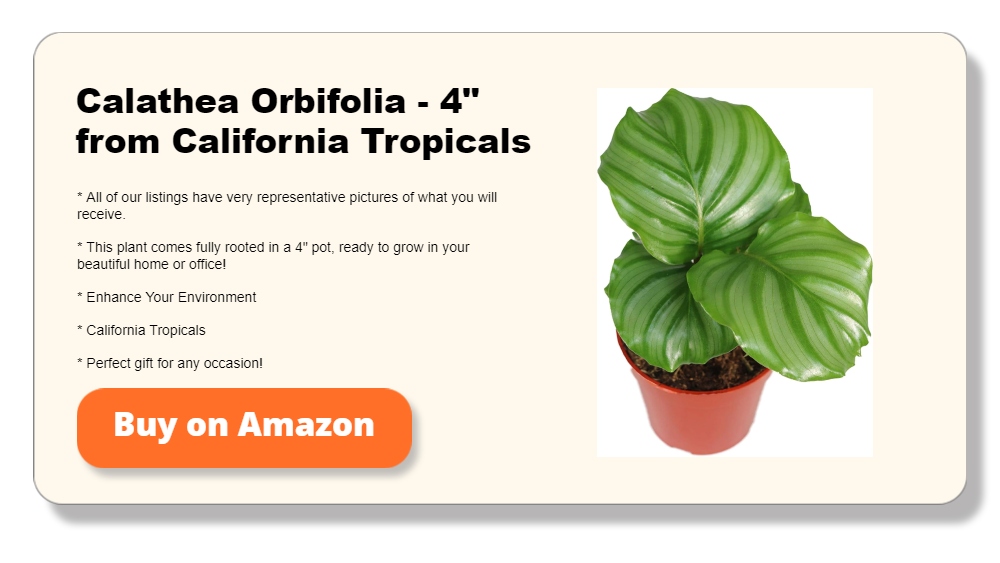
Inadequate Plant Growth Due to Pets
Pets can hinder plant growth by blocking light or damaging leaves. Ensure your plants receive adequate sunlight by placing them in pet-inaccessible areas with good light. Prune any damaged parts of plants to encourage healthy growth.
Pet Health Concerns from Fertilizers
Pets may be harmed by chemicals in fertilizers. Use pet-safe, organic alternatives or OMRI-labeled fertilizers. A good example is Worm Fertilizer, made of worm casings. The materials boost the soil’s nutrients and are safe for pets.
Pets Upsetting Watering Routines
Pets may drink from plant water trays, which can be harmful if the water contains fertilizer or pesticides. Use self-watering planters or trays that are not easily accessible to pets. Regularly change the water to keep it fresh and safe.
Allergies in Pets
Some pets may develop allergies to certain plants. Watch for signs of allergies in your pets and remove any plants that cause reactions. Consult with a veterinarian for allergy testing if necessary.
Limited Space for Plants and Pets
It can be hard to keep plants and pets separate in a smaller garden space. Utilize vertical space by installing wall planters or shelves. Choose compact, pet-safe plants that require less space.
Keeping Pets Engaged
Bored pets may turn to plants for entertainment. Provide ample toys, playtime, and enrichment activities for your pets to keep them engaged and away from plants.
Monitoring Plant and Pet Health
Regularly check both your plants and pets for signs of distress. Early detection of issues like pest infestations in plants or unusual behavior in pets can prevent more significant problems.
Creating a Pet-Friendly Green Space
Creating a pet-friendly green space within your home involves more than just selecting safe plants. It requires thoughtful consideration of both your pets’ and plants’ needs. This section provides guidance on harmoniously integrating plants into a home with pets, ensuring the well-being of all your living companions.
Plant Placement and Safety
Consider your pets’ natural behavior and movement patterns when choosing plant locations. High shelves or hanging planters can be ideal for keeping plants out of reach of curious pets. Windowsills and sunrooms can also be great spots, provided they’re inaccessible to your pets.
Use sturdy pots and heavy bases to prevent pets from knocking over plants. Wall-mounted planters or terrariums can be excellent alternatives for creating green spaces without occupying floor space.
Pet and Plant Coexistence
Train your pets to understand boundaries around plants. Consistent training, using commands or gentle deterrents, can teach pets to avoid green areas.
Provide ample toys and play areas for pets so they’re less inclined to disturb plants. Scratching posts for cats and chew toys for dogs can redirect their attention.
Plant Care in a Pet-Friendly Environment
Select plants that are both appealing and non-toxic to pets. Consider each plant’s light and care requirements to ensure they can thrive in your home environment.
Be cautious when using fertilizers, pesticides, or plant food. Opt for pet-friendly options and avoid leaving these substances within reach of pets. Also, be mindful of water trays, as pets may drink from them.
Monitoring and Adjusting
Keep an eye on your plants and pets to notice any changes in behavior or health. Early detection of issues like pets nibbling on plants or signs of plant distress is crucial.
Be prepared to adjust plant locations or choices based on your pets’ interactions. What works initially may need tweaking as your pets get used to the plants.
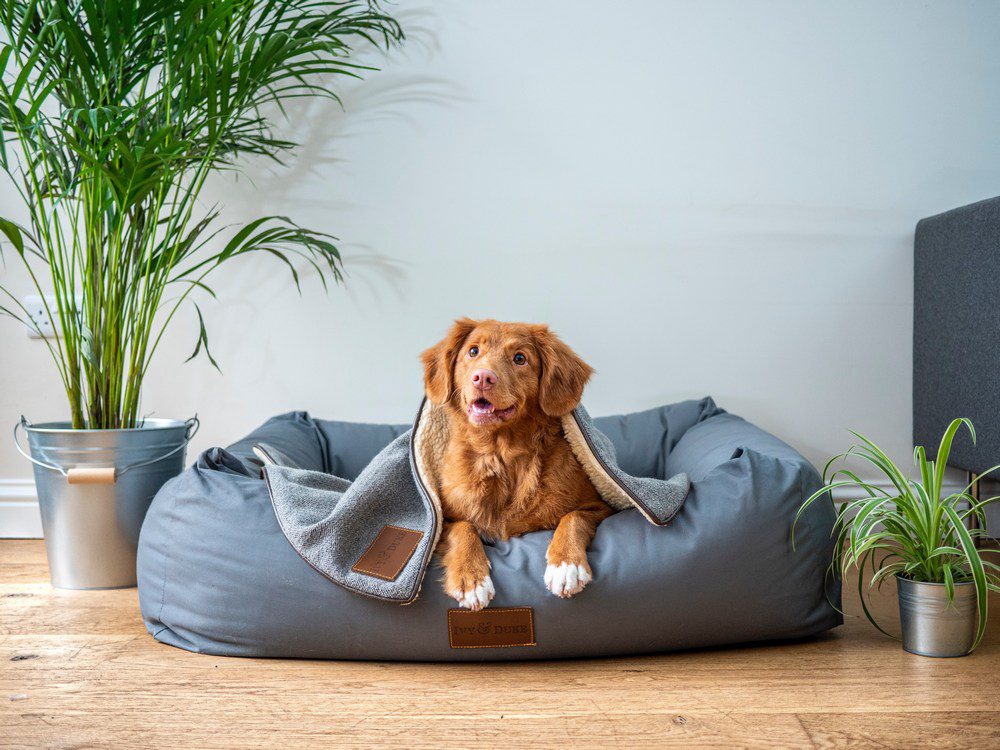
FAQ on Pet-Safe Indoor Plants
How often should I water pet-safe indoor plants?
Are there any pet-safe indoor plants that also purify the air?
Can I use regular houseplant fertilizer for pet-safe indoor plants?
What should I do if my pet shows signs of plant poisoning?
How can I encourage my cat to stay away from plants?
Are there pet-safe indoor plants that thrive in low light?
Can pet-safe indoor plants have an impact on pet behavior?
How can I deal with pests on pet-safe indoor plants?
Is it safe to grow herbs indoors with pets?
How can I balance plant health with pet safety in a limited space?
Conclusion
Creating a home filled with pet-safe indoor plants is rewarding and beneficial for pet owners. This guide provides the knowledge to select plants that enhance your living space while ensuring the safety and well-being of your furry companions.
This comprehensive guide covers everything you need to know to create a thriving environment for your plants and pets.


